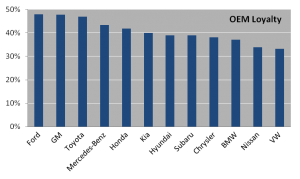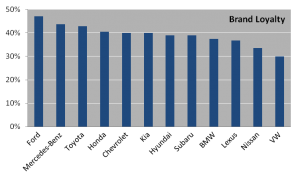By 2016, Only 12% of Workload Will Run On Public
Cloud Infrastructure
This was the surprising perspective offered by Adrian McDonald, EMEA President at EMC, addressing the audience at EMC Forum 2013 that took place on November 4 in Tel Aviv, Israel. McDonald maintains that public cloud architecture is not the right solution for large enterprises, and, in fact, CIOs are reporting that when considering the investment in security, compliance and business continuity, public cloud infrastructure is more expensive than the alternatives.
According to McDonald, market research conducted by EMC shows that large organizations are gradually reducing application deployment on public clouds. EMC forecasts that by 2016, 12% of the workload will run on a public cloud and 12% will be using a private-virtual cloud, but 76% of the workload will require internally managed infrastructure.
McDonald estimates that organizations can cut as much as 38% of annual IT expenses through virtualization and cloud deployment. But he cautions that this is an aggressive goal that requires both IT organizations and cloud infrastructure and services providers to offer new ways to deliver flexible and agile solutions and services, such as supporting customer self-provisioning.
As reported by Ran Miron http://www.pc.co.il/?p=135820


